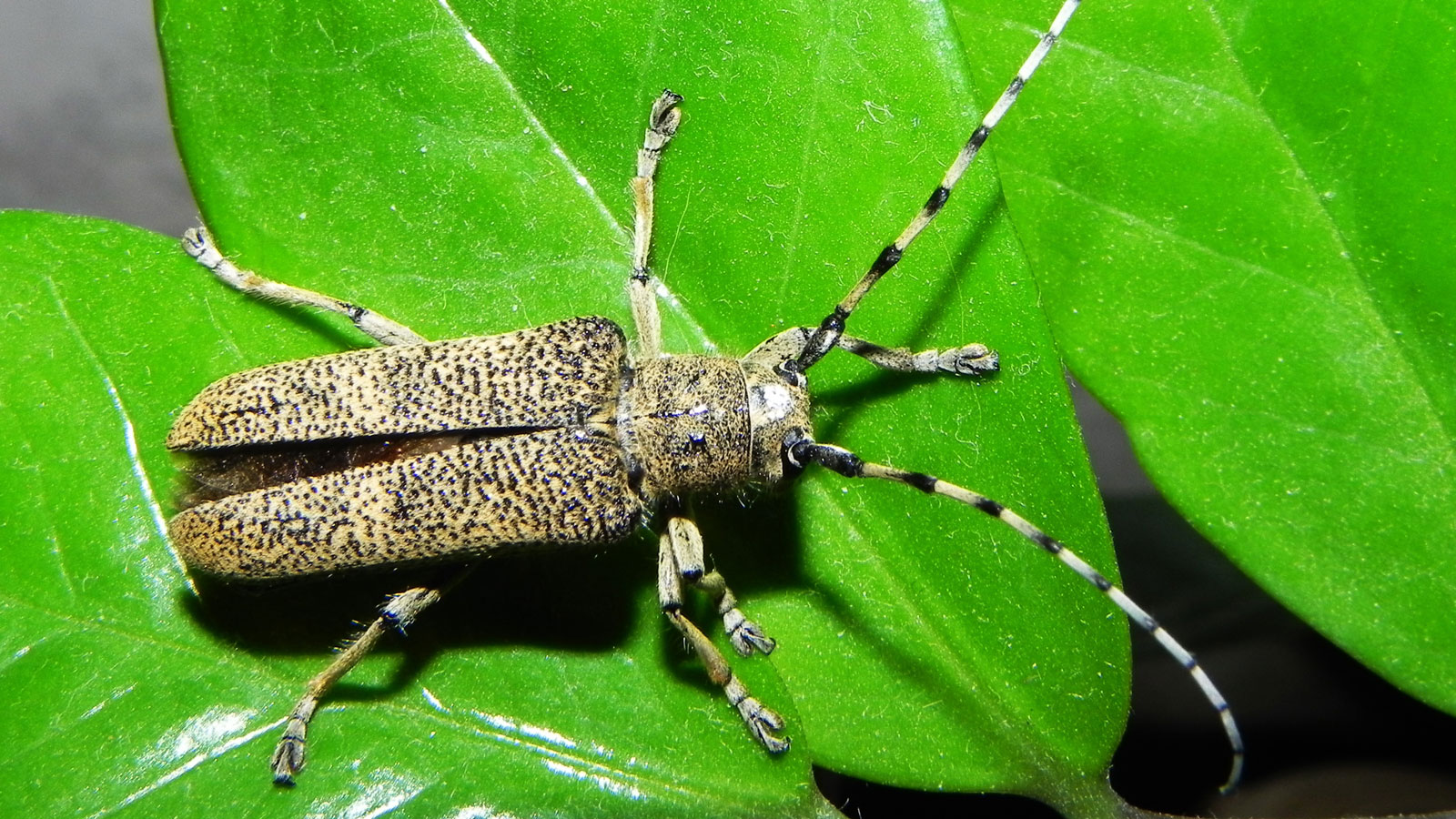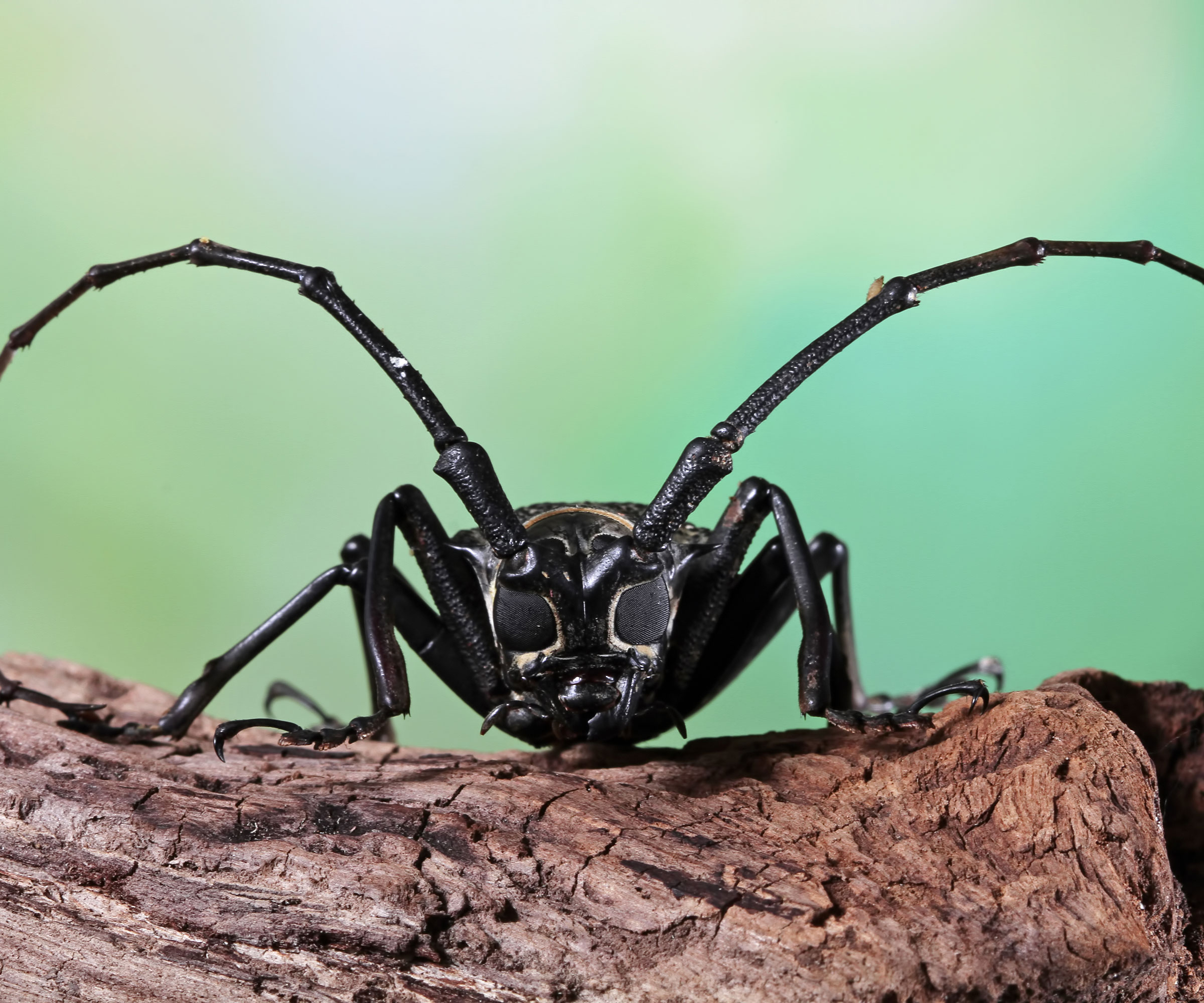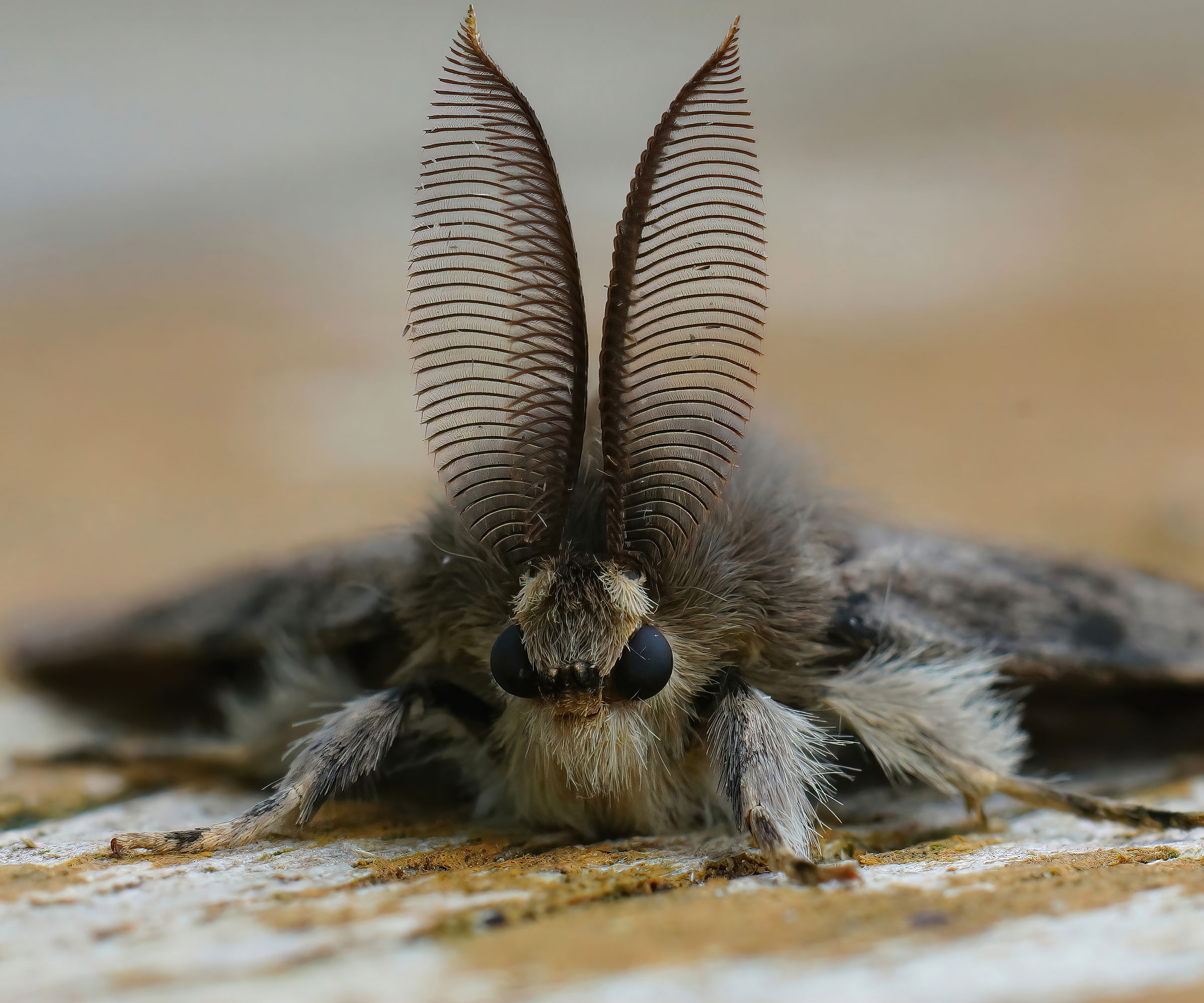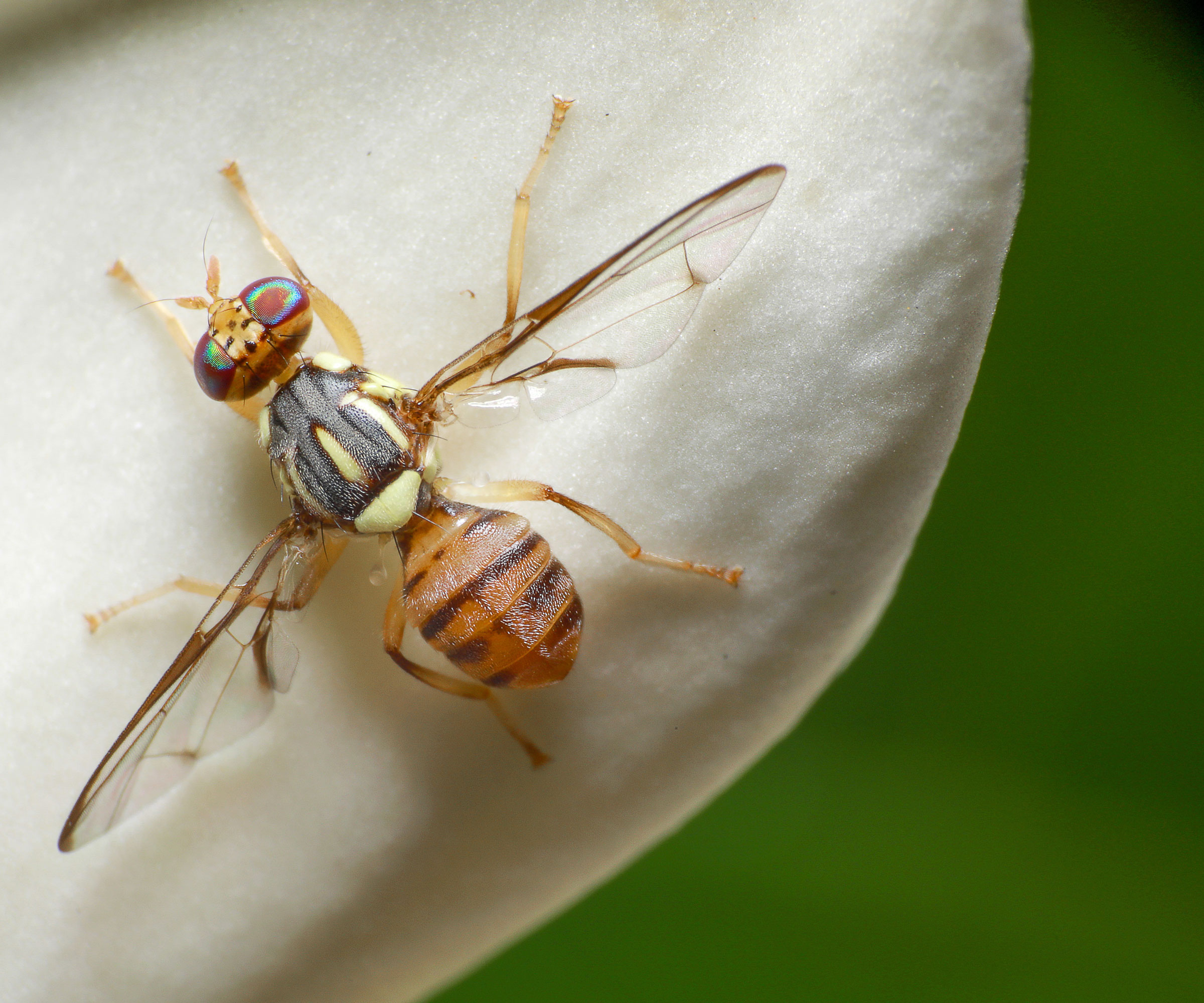Beware! These 5 New Types Of Pests Could Plague Your Garden This Summer
Just when you thought you had seen the scariest garden pests, along come five new troublemakers. Swot up on these new types of pests so you know what to expect


Coming, ready or not – there are some troubling new types of pests that you should all be bracing yourself for! This summer, you’ll have to deal with more than the usual aphids and mealybugs, because there are a few new kids in town. These new pests are fascinating, but when it comes to getting rid of them, it isn’t all that easy. There goes the neighborhood!
So if you thought dealing with common garden pests was worrying enough, this roundup might give you a whole new perspective. As new invasive species appear, you’ll have to prepare to make sure they don’t destroy the garden. So what are these new bugs? Keep an eye out for these top 5 pests – forewarned is forearmed.
1. Spotted Wing Drosophila

Many growers rate spotted wing drosophila (SWD) as the worst new invasive bug of the last few decades. They are the number one most damaging pests in orchards and vineyards – now the threat is moving closer to home.
The spotted wing drosophila (also known as Drosophila suzukii) comes from Asia. It spread to the mainland of the United States through Hawaii. Spotted wing drosophila attacks not just damaged or overripe fruit but also undamaged fruit still on the tree – including cherries, berries, figs and kiwis.
The adults are small with tan bodies. They have darker banks on the posterior, and distinctive red eyes. Males have a single spot on each wing, while females have ovipositors to insert eggs into fruit. The journey from egg to adult requires little more than a week in warmer temperatures. That means they can produce succeeding generations in a short time.
Baiting and traps are used to manage insect numbers, but the primary method of taking out these pests is by using full-coverage sprays. The insecticide used depends on the crop involved, so contact your local University Extension.
2. Asian Longhorned Beetle

This invasive insect is thought to have come into the United States from Asia inside packaging material. Sadly, infected trees – usually maple trees and other hardwood trees – can never heal from this pest damage.
You can spot the adult insects during summer months. They have six legs, very long antennae, and a glossy black body with white spots. They tunnel into the wood and lay their eggs inside the trees. Look for sawdust (called frass) near round exit holes the size of a dime. This damage can create branch weakness and yellowing leaves.
While the insecticide imidacloprid is used to reduce the spread of this pest to other trees, it is not a cure for infected trees. That’s because it does not kill all the beetles and larvae in a tree. Infected trees should be removed and destroyed.
Sign up for the Gardening Know How newsletter today and receive a free copy of our e-book "How to Grow Delicious Tomatoes".
3. Flighted Spongy Moth Complex

As you may have guessed from the name, this is not one pest but an entire grouping of Asian moth pests that are similar to the spongy moth. Included in this complex are members of the Lymantria genus, including dispar asiatica, japonica, albescens, umbrosa and postalba. Although the flighted spongy moth complex is similar to the spongy moth, the host range is much larger. Infestations rapidly strip trees and shrubs of leaves, with pests capable of killing hundreds of trees in short order.
Look for female moths flying at night, especially around lights. They can lay egg masses almost everywhere – trees, shrubs, leaves, walls and lawn furniture. Each egg mass can contain 1,000 eggs but can be as small as a dime. Caterpillars can be dark gray or yellow or black, with two rows of blue and red spots on their backs. Adult moths are large and white (females) or smaller and gray (males).
Two insecticides may limit damage from these pests – diflubenzuron and Btk. However, both have negative effects on people and living creatures in the area. Aerial applications are best for forested areas, but treatment using hydraulic sprayers is a viable alternative.
4. Oriental Fruit Fly

If you thought it was hard controlling fruit flies, this won’t cheer you up very much. This fruit fly (Bactrocera dorsalis) attacks hundreds of different fruits and vegetables, including tomatoes, cherries and figs. It has a wide host range and has spread rapidly from Southern Asia and Africa to Hawaii, then on across the United States.
Adult fruit flies are a little bigger than house flies, with yellow markings and a dark T on the body. Females have a pointed organ used to deposit eggs under the skin of different fruits. The eggs hatch into legless white maggots that feed inside the skin.
As a result of the larvae feeding, fruit falls to the ground prematurely and decays rapidly. If you find these in your landscape, contact your local authorities or University Extension to get help eradicating them.
5. Giant African Snail

The giant African snail (Lissachatina fulica) is a very hungry snail species that attacks over 500 types of crops and ornamental plants. It doesn’t eat animals or humans, but it can infect you with parasites including rat lungworm. If you live in cold-winter regions, you probably won’t see this pest, since it prefers tropical and subtropical areas. But it’s prevalent enough to be concerning – and simple slug traps have no chance.
You are not likely to confuse these huge snails with ordinary garden snails. They are generally around four inches (10cm) long, but can be twice that long and as broad as a human fist. If you still aren’t sure, look for cone-shaped shells in brown with lighter vertical lines. Any adult can have eggs, since they can self-reproduce. Each snail can have a new clutch of eggs every eight to 12 months.
If you are wondering how on earth these giant snails arrived in the USA from Africa, here’s the weird answer – as pets. Yes, some people keep giant snails as pets, and this is how the infestation started. How do you get rid of this new invasive species? Whatever you do, don’t try removing these snails on your own with organic snail controls – don’t even touch one! Instead, take a photo and contact your state plant health director or department of agriculture.
This article features products available from third party vendors on the Gardening Know How Shop. Keep in mind that our plant inventory is limited - so if you’re thinking of purchasing, don’t wait!

Teo Spengler is a master gardener and a docent at the San Francisco Botanical Garden, where she hosts public tours. She has studied horticulture and written about nature, trees, plants, and gardening for more than two decades. Her extended family includes some 30 houseplants and hundreds of outdoor plants, including 250 trees, which are her main passion. Spengler currently splits her life between San Francisco and the French Basque Country, though she was raised in Alaska, giving her experience of gardening in a range of climates.
